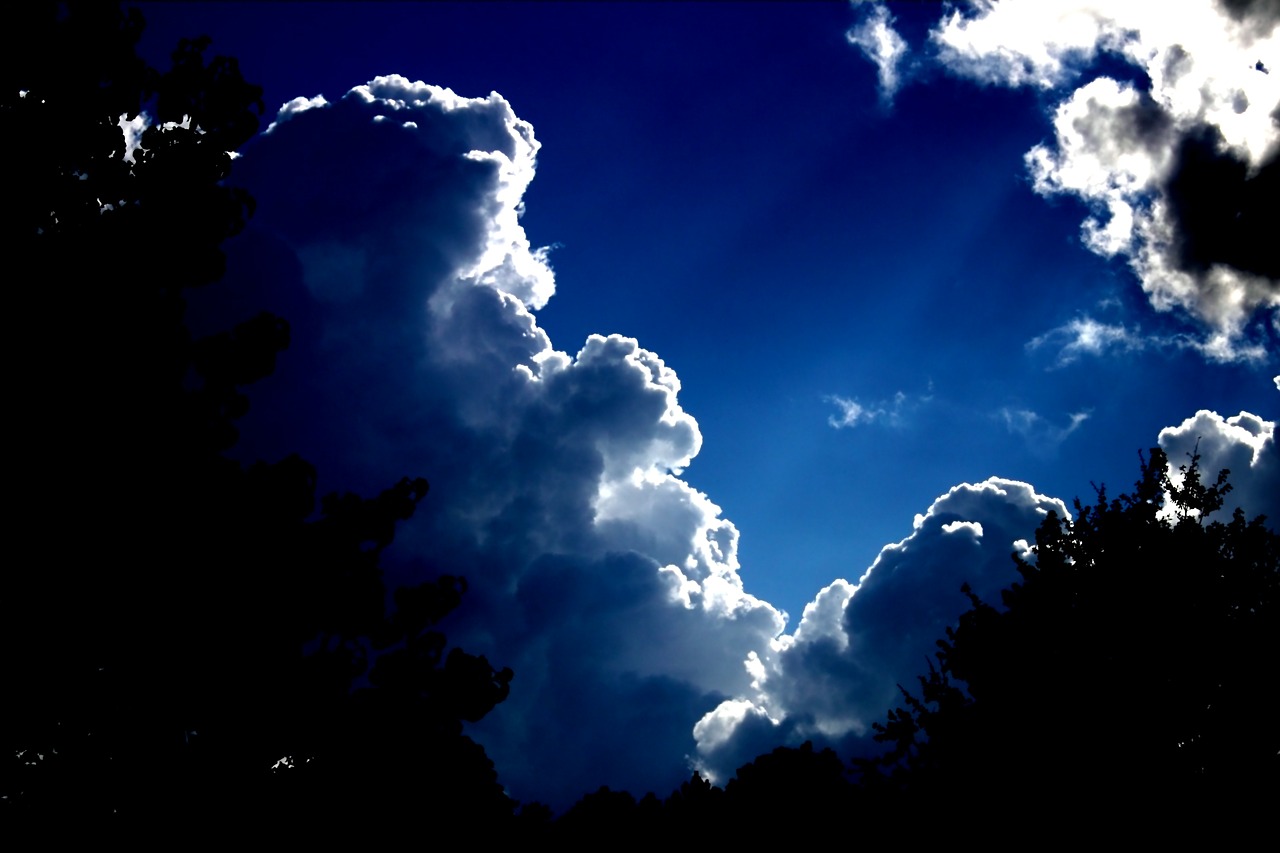Climate is considered to be the long term prototype of weather in a specific area. Weather on the other hand is the day-to-day temperature changes that take place around us. Weather should not be confused with climate, as climate basically refers to the changes that take place in the atmosphere over a certain range of time.
How is Climate Measured?
Climate is measured in the scientific way by assessing the patterns of the variation that take place in the temperature, wind, atmospheric pressure, humidity, precipitation and other atmospheric conditions and meteorological variables that affect the weather on a long term.
The climate of a particular region is determined mainly with respect to the latitude, terrain, altitude, nearby water bodies and the flow of their currents.
What is the Study of Climate Called?
The study of climate is known as Paleoclimatology.
What are the Various Climatic Regions of the World?
There are six climatic zones on earth, which are classified on the basis of the maximum and the minimum temperatures of the areas and also on the basis of the seasonal precipitation that occurs in those areas.
The 6 climatic regions are:
- Polar: These regions are extremely cold throughout the year and are very dry. It includes the polar caps, Arctic Ocean regions and Antarctica.
- Temperate: These regions have sufficiently cold winters and mild seasons of summer. Europe, North Asia, Central America, Australasia, South Africa all fall under this zone.
- Arid: These regions are very dry and very hot throughout the year. The deserts and dry-lands fall under this region.
- Tropical: These regions have a hot temperature and remains wet almost all the year. All continents that lie around the tropics belong to this category.
- Mediterranean: These regions have mild winters but have extremely hot summers. The Mediterranean basin has such a climatic condition.
- Mountains (Tundra): The tundra region has extremely cold temperature throughout the year.
How Does Climate Change?
Climate changes due to many natural causes. Continental drifts, ocean currents, volcanoes, earth’s movements, meteorites and comets etc fall under the natural cases of climate change. Consumerism is one big cause that is a leading cause of climate change. Burning of fuels, especially fossil fuels that release large amount of carbon dioxide into the atmosphere, gaseous releases from cars and automobiles, consumption of natural gas, too much of greenhouse gaseous exposure are few of the human related causes that affect the climate.

